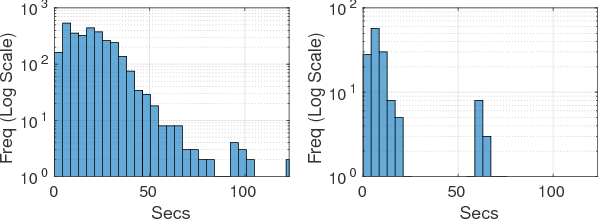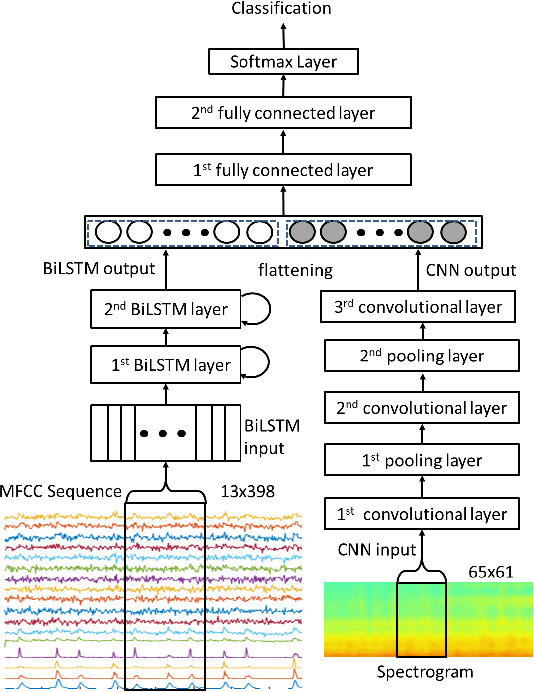Shahnawaz Alam
Cost-effective Deep Learning Infrastructure with NVIDIA GPU
Mar 14, 2025Abstract:The growing demand for computational power is driven by advancements in deep learning, the increasing need for big data processing, and the requirements of scientific simulations for academic and research purposes. Developing countries like Nepal often struggle with the resources needed to invest in new and better hardware for these purposes. However, optimizing and building on existing technology can still meet these computing demands effectively. To address these needs, we built a cluster using four NVIDIA GeForce GTX 1650 GPUs. The cluster consists of four nodes: one master node that controls and manages the entire cluster, and three compute nodes dedicated to processing tasks. The master node is equipped with all necessary software for package management, resource scheduling, and deployment, such as Anaconda and Slurm. In addition, a Network File Storage (NFS) system was integrated to provide the additional storage required by the cluster. Given that the cluster is accessible via ssh by a public domain address, which poses significant cybersecurity risks, we implemented fail2ban to mitigate brute force attacks and enhance security. Despite the continuous challenges encountered during the design and implementation process, this project demonstrates how powerful computational clusters can be built to handle resource-intensive tasks in various demanding fields.
Murmur Detection Using Parallel Recurrent & Convolutional Neural Networks
Aug 13, 2018


Abstract:In this article, we propose a novel technique for classification of the Murmurs in heart sound. We introduce a novel deep neural network architecture using parallel combination of the Recurrent Neural Network (RNN) based Bidirectional Long Short-Term Memory (BiLSTM) & Convolutional Neural Network (CNN) to learn visual and time-dependent characteristics of Murmur in PCG waveform. Set of acoustic features are presented to our proposed deep neural network to discriminate between Normal and Murmur class. The proposed method was evaluated on a large dataset using 5-fold cross-validation, resulting in a sensitivity and specificity of 96 +- 0.6 % , 100 +- 0 % respectively and F1 Score of 98 +- 0.3 %.
 Add to Chrome
Add to Chrome Add to Firefox
Add to Firefox Add to Edge
Add to Edge